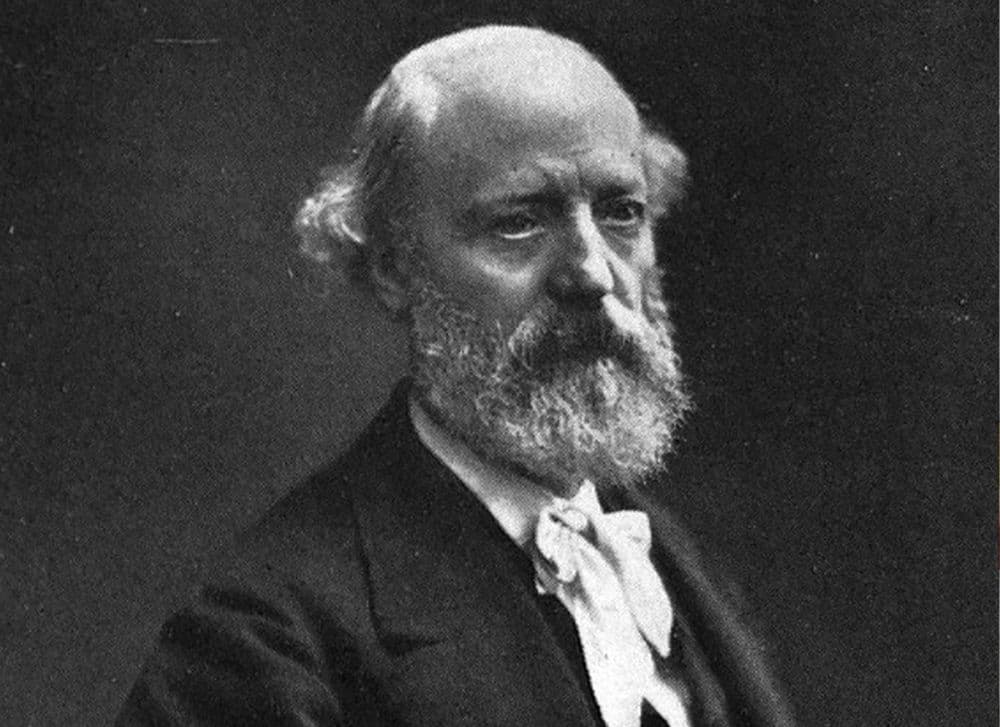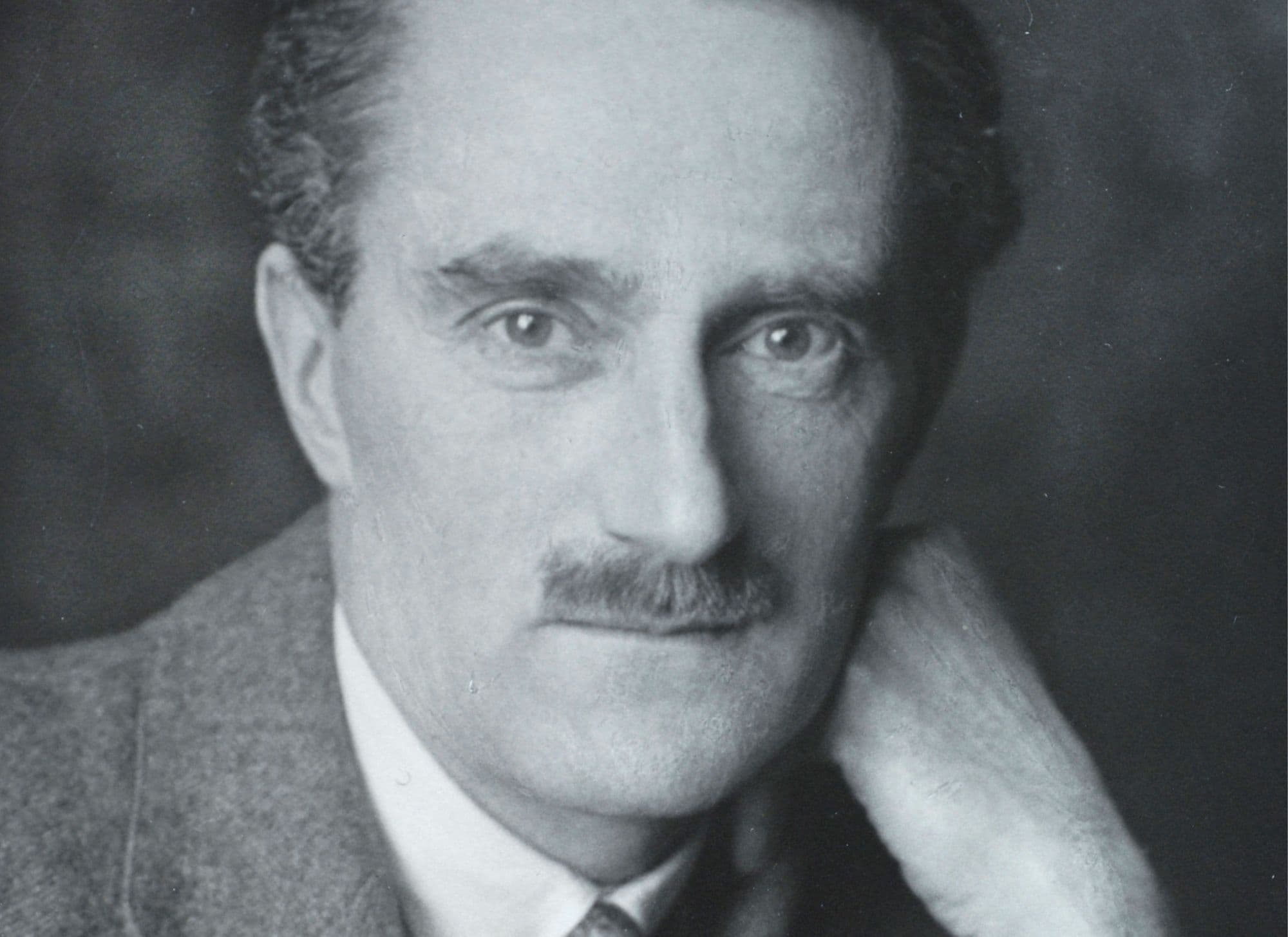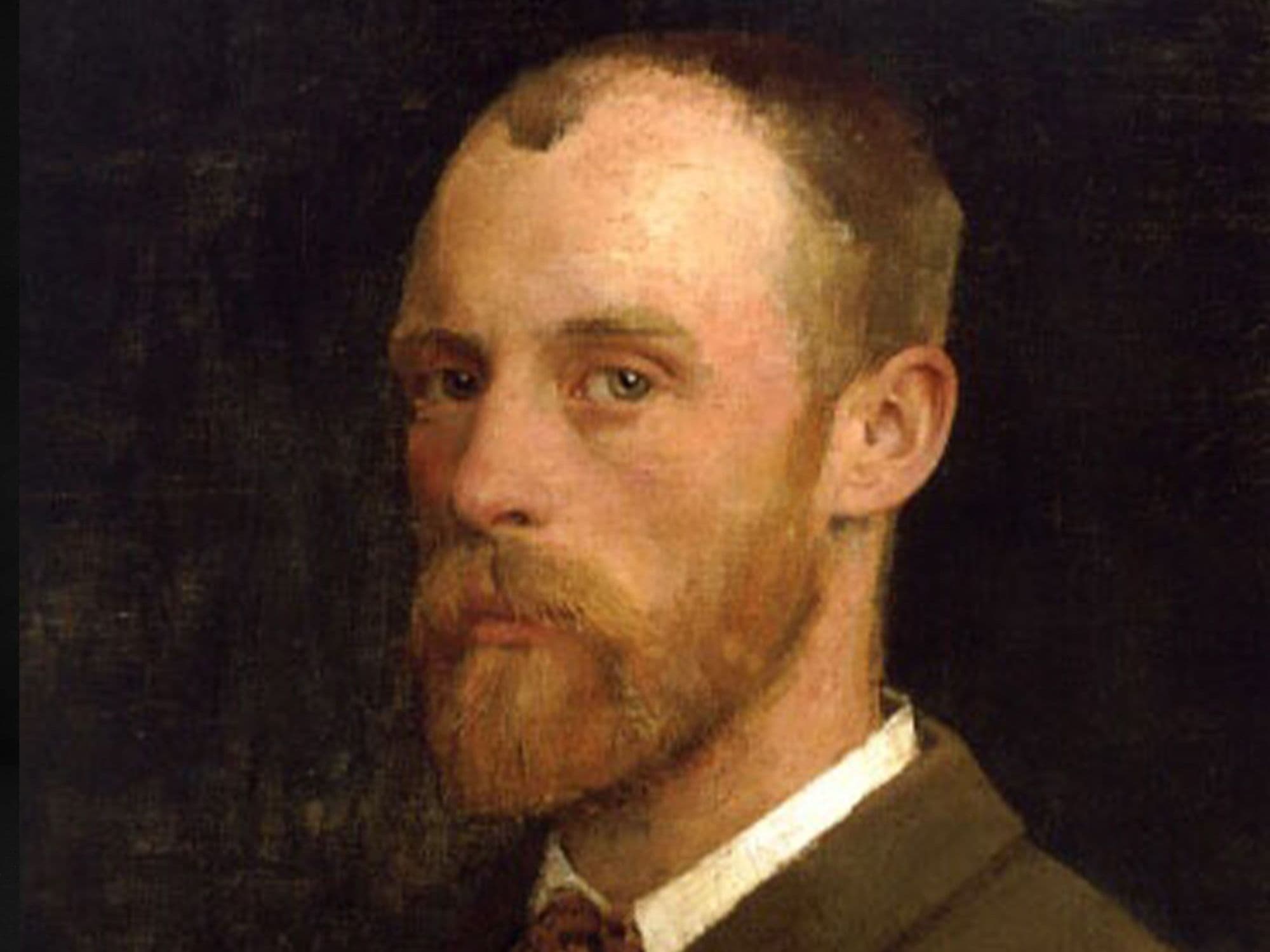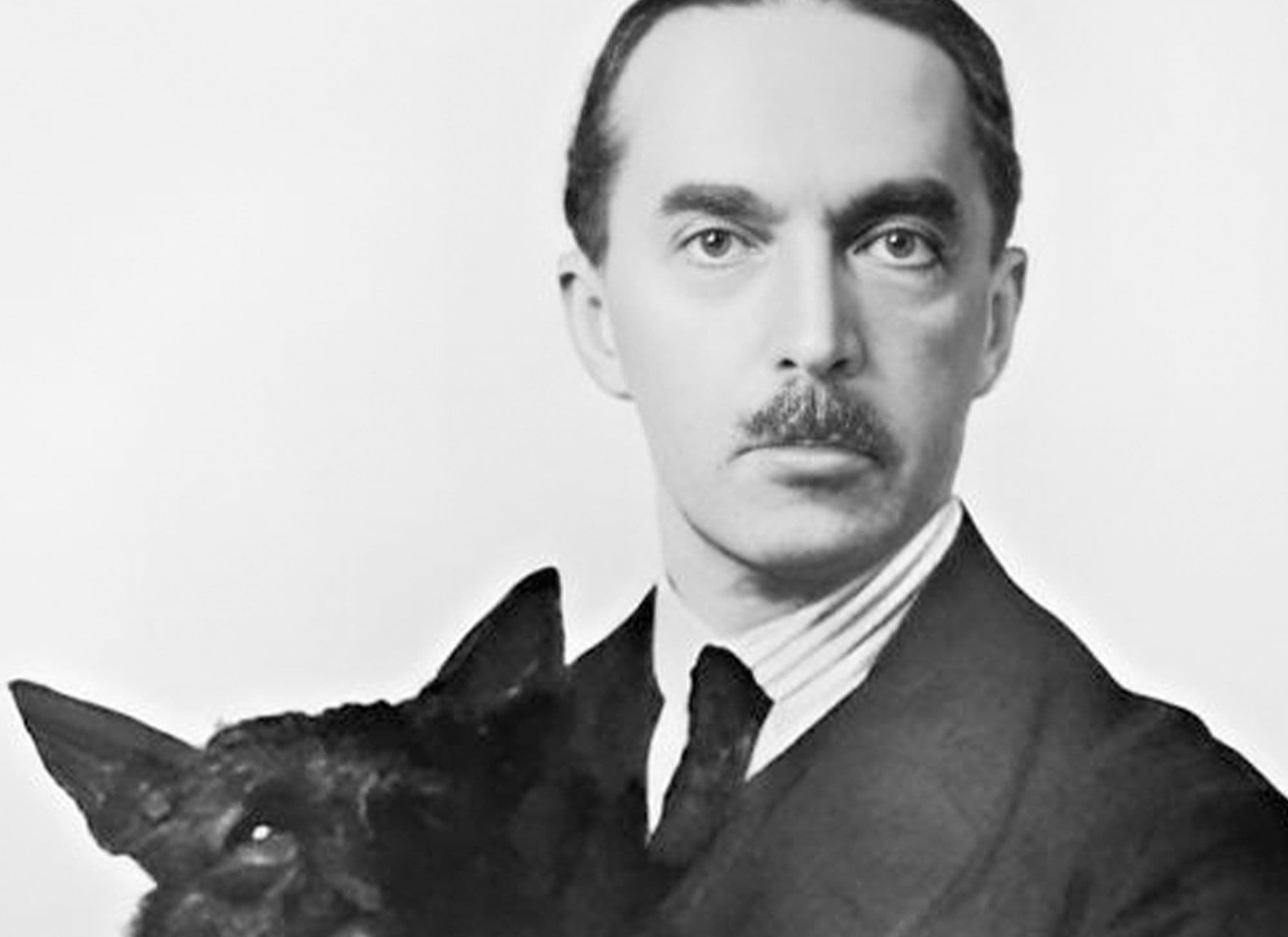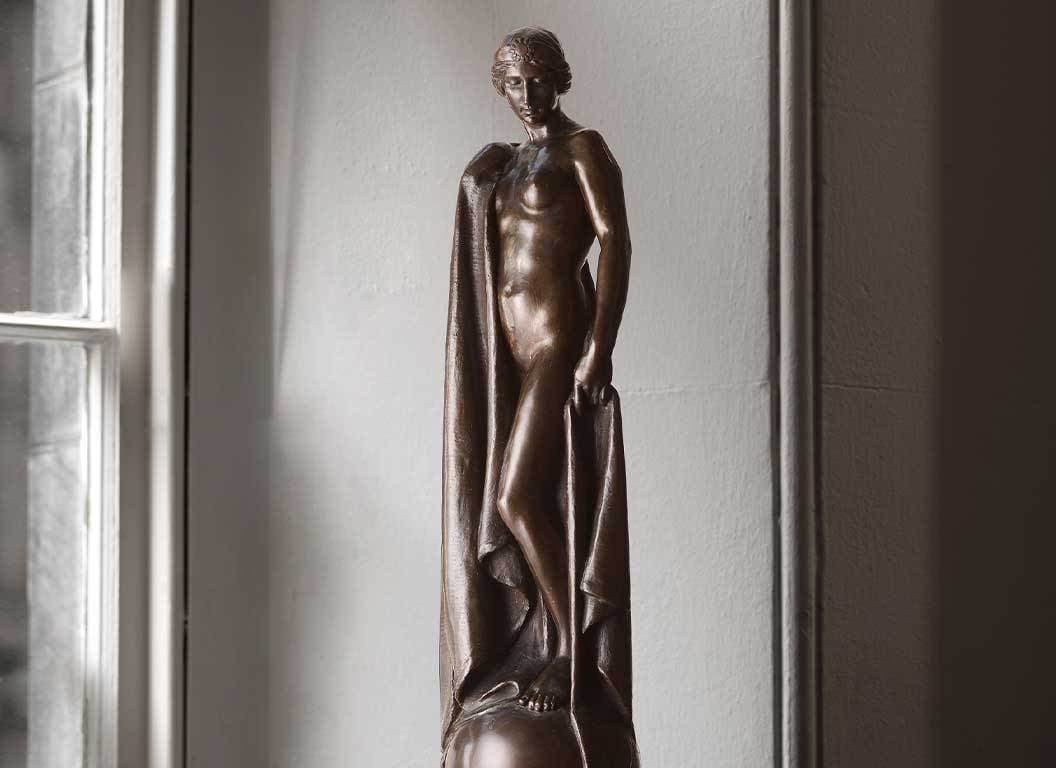Born on 27 January 1814 in Paris, Eugène Emmanuel Viollet-le-Duc became one of the most influential and controversial figures in 19th-century architecture.
Best known for his ambitious restorations of medieval monuments—including Notre-Dame de Paris, Sainte-Chapelle, and Carcassonne, he was both admired and criticised for his bold approach. For Viollet-le-Duc, restoration was not merely about preservation; it was about bringing a building to a state of completeness it might never have fully achieved in its original form.
Beyond his practical work, his prolific writings shaped architectural thought across Europe. His Dictionnaire raisonné de l’architecture française and essays on decoration, structure, and the relationship between form and function provided a rigorous theoretical framework that resonated with generations of architects. His insistence that materials, stone, iron, wood, should be used honestly and express their structural role was profoundly modern in outlook.
Viollet-le-Duc’s ideas reached far beyond France. They influenced the Art Nouveau pioneers, whose fluid, organic forms drew upon his theories of structural expression. His thinking also inspired John Ruskin, William Morris, and the Arts and Crafts movement, even as they sometimes diverged from his conclusions. The Gothic Revivalist William Burges later admitted with candour: “We all cribbed on Viollet-le-Duc even though no one could read French”. This remark reflects both the breadth of his influence and the extent to which his writings permeated Victorian and early modern architectural practice.
Through both his visionary restorations and his intellectual legacy, Viollet-le-Duc helped redefine the purpose of architecture in the modern age, bridging medieval inspiration with industrial-era innovation.
